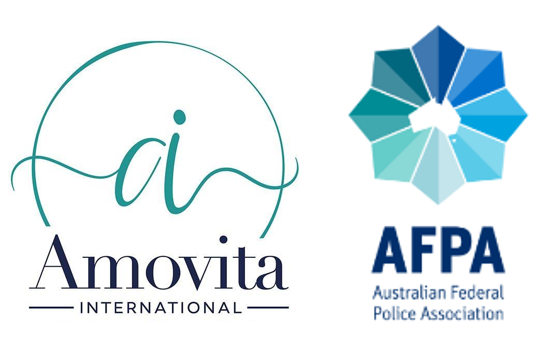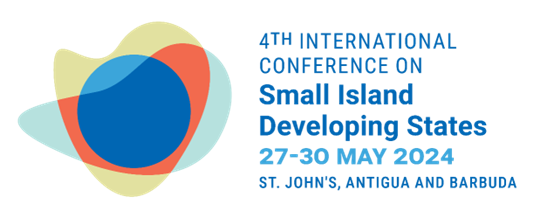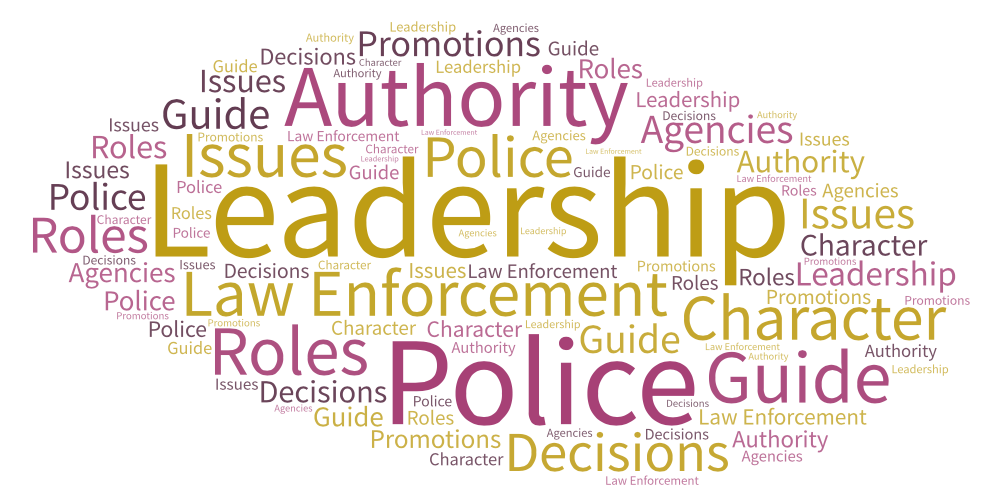Understanding The Link Between Human Smuggling And Human Trafficking
Human smuggling and human trafficking are two distinct but interconnected phenomena that often overlap and intertwine. While human smuggling involves the facilitation of illegal border crossings for financial gain, human trafficking encompasses a broader range of exploitative practices, including forced labor, sexual exploitation, and involuntary servitude. Here we will briefly explore the intricate connection between these crimes, shedding light on how human smuggling can easily transition into human trafficking
At first glance, the line between smuggling and trafficking might appear blurred or even nonexistent. However, it is crucial to differentiate between these terms to effectively address each issue’s unique challenges. Human smuggling primarily focuses on illegal migration facilitation, where individuals willingly pay smugglers to transport them across borders clandestinely. In contrast, human trafficking involves the exploitation of vulnerable individuals who are coerced or deceived into situations of abuse and exploitation.
While often used interchangeably, human smuggling and human trafficking are distinct concepts that involve the movement of people across borders for different purposes. Understanding the differences between these two phenomena is crucial in addressing the complex issue of illegal migration. Human smuggling refers to the facilitation of unauthorized entry into a country. It typically involves individuals voluntarily paying smugglers to transport them across borders, bypassing immigration controls
Smuggled migrants often consent to being transported, seeking better economic opportunities or escaping persecution in their home countries. The focus is primarily on the transportation process rather than exploitation. In contrast, human trafficking involves the recruitment, transportation, and exploitation of individuals through force, coercion, or deception for various purposes such as forced labor, sexual exploitation, or even organ harvesting. Victims are subjected to physical and psychological abuse, with their freedom restricted and their basic human rights violated. While both activities involve illegal border crossings and may intersect at times, it is essential to recognize that human smuggling primarily centers around facilitating unauthorized migration while human trafficking revolves around exploiting vulnerable individuals for profit.
The Escalation Of Human Smuggling Into Human Trafficking: Factors And Trends
Human smuggling, the illegal transportation of individuals across international borders, has long been a pervasive issue. However, over recent years, a troubling trend has emerged: the transformation of human smuggling operations into human trafficking enterprises. This evolution is driven by various factors that contribute to the exploitation and victimization of vulnerable populations. Economic disparities and social instability in many regions continue to push individuals towards seeking better opportunities abroad. Criminal networks take advantage of this desperation, offering promises of safe passage and improved lives. As migrants place their trust in smugglers, they often fall prey to unscrupulous actors who exploit their vulnerability for profit. The escalation from smuggling to trafficking occurs when individuals are subjected to force, coercion, or deception upon arrival at their intended destination. They become trapped in situations of modern-day slavery where they are forced into labor or sexual exploitation against their will. The lack of legal protection for undocumented migrants exacerbates their vulnerability and makes it easier for traffickers to exploit them
Methods Employed By Traffickers To Exploit Vulnerable Migrants
Human trafficking is a heinous crime that preys on the vulnerability of migrants seeking better opportunities or fleeing from dire circumstances. Traffickers employ various methods to exploit these vulnerable individuals, subjecting them to a life of abuse and exploitation. One method commonly used by traffickers is deception. They often promise migrants safe passage, employment, or improved living conditions in their destination country.
By exploiting the migrants’ desperation and lack of information, traffickers manipulate their hopes and dreams, leading them into a trap where they become victims of trafficking. Another method employed is coercion and violence. Traffickers use physical force, threats, intimidation, or psychological manipulation to control their victims. This can include confiscating identity documents or threatening harm against family members if they attempt to escape or seek help. Traffickers also utilize debt bondage as a means of control. They may charge exorbitant fees for transportation, accommodation, or other services provided during the migration process.
The Global Impact Of The Connection Between Human Smuggling And Human Trafficking
The intertwining of human smuggling and human trafficking has led to significant global repercussions, posing grave challenges for governments, communities, and individuals worldwide. The connection between these two illicit activities has fostered a thriving underground network that exploits vulnerable populations for profit. Firstly, the link between human smuggling and human trafficking perpetuates a cycle of exploitation. Individuals who initially seek smugglers’ assistance to cross borders are often subjected to coercion, deception, or force during their journey. This transition from smuggling to trafficking occurs when migrants become trapped in situations of involuntary servitude, forced labor, or sexual exploitation. Consequently, this connection amplifies the scale and severity of human rights violations on a global scale. Moreover, this connection fuels transnational organized crime networks responsible for both smuggling and trafficking operations. These criminal syndicates exploit weak border controls and corrupt officials to facilitate their illicit activities across multiple countries. In doing so, they undermine national security efforts while generating substantial profits from the suffering of vulnerable individuals.
Combating The Nexus: International Efforts To Address And Prevent Human Smuggling-Turned-Trafficking
Addressing and preventing the transition from human smuggling to human trafficking has become a critical focus for international efforts in combating these heinous crimes. Recognizing the interconnectedness between these two phenomena, global initiatives have been developed to tackle this grave issue. Countries worldwide are increasingly enhancing their legal frameworks to prosecute and punish individuals involved in both human smuggling and trafficking. Strengthening legislation enables law enforcement agencies to target organized criminal networks operating across borders, disrupting their operations and dismantling their infrastructure. Furthermore, collaboration among nations through mutual legal assistance agreements facilitates information sharing, intelligence gathering, and coordinated efforts. Prevention plays a pivotal role in combating this nexus as well. Raising public awareness about the dangers of irregular migration and the deceptive tactics employed by smugglers is crucial in deterring potential victims from falling into their traps. Educational campaigns targeting vulnerable communities provide information about safe migration channels, emphasizing that there are legitimate avenues for those seeking better lives.






